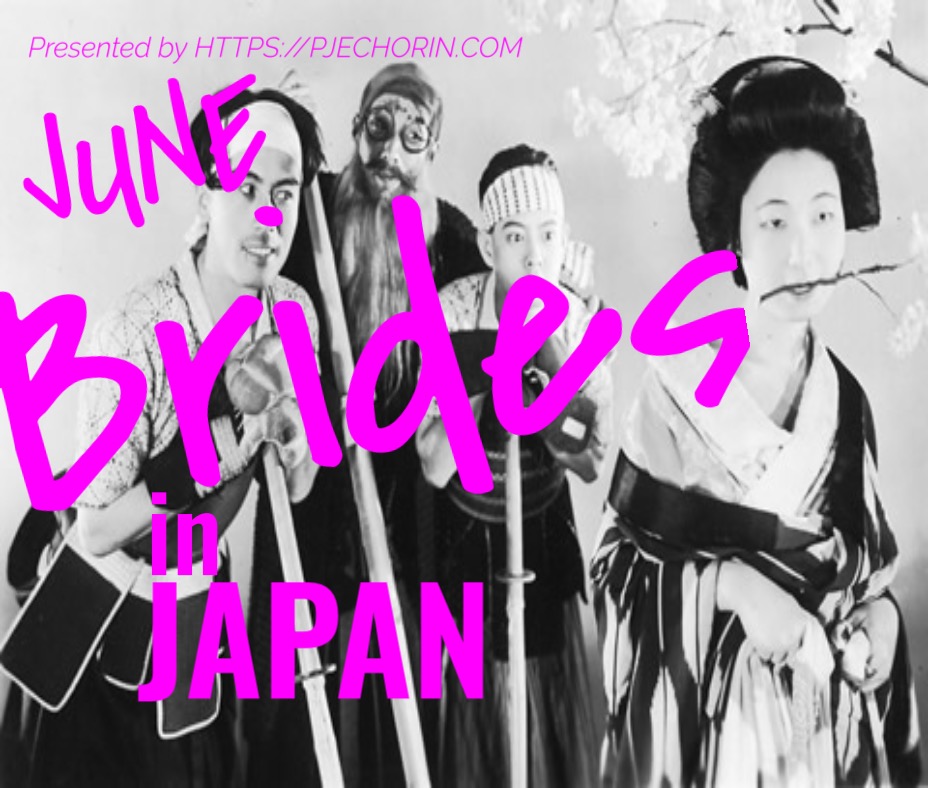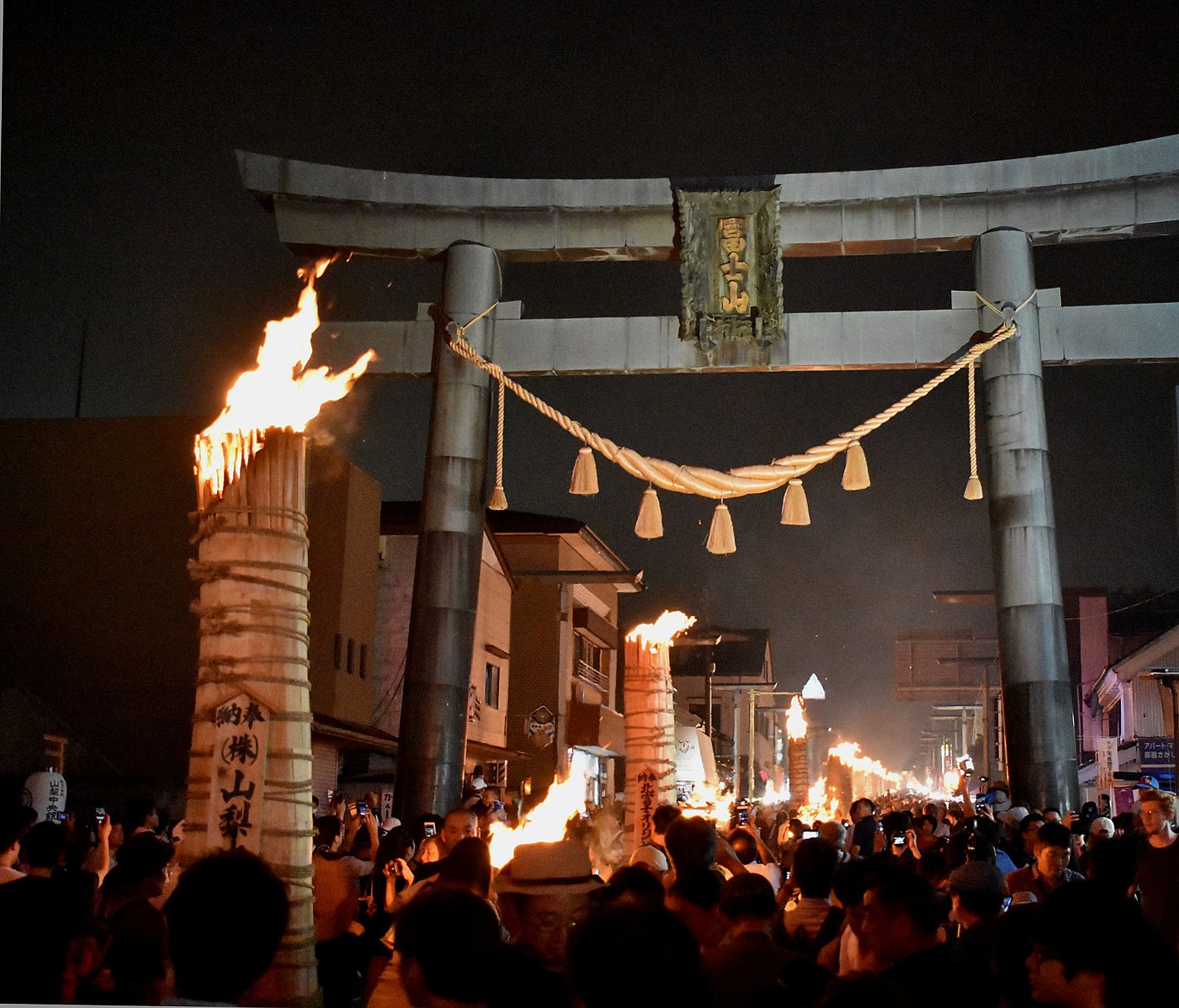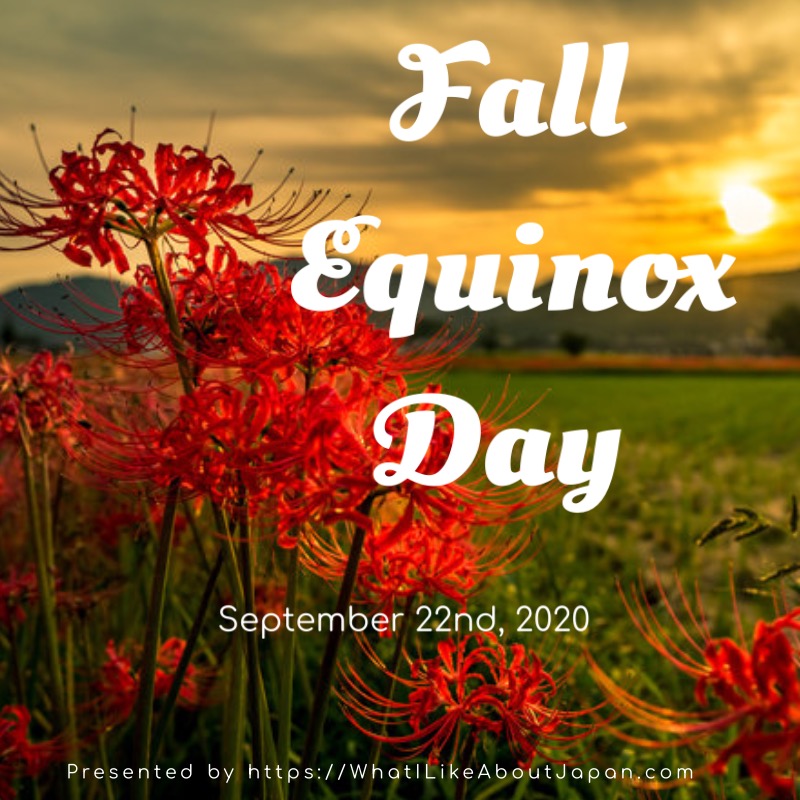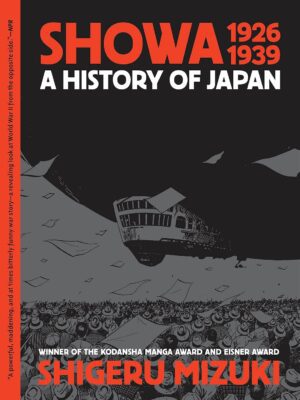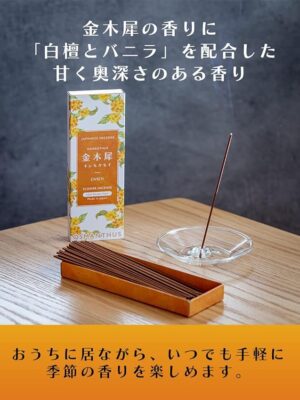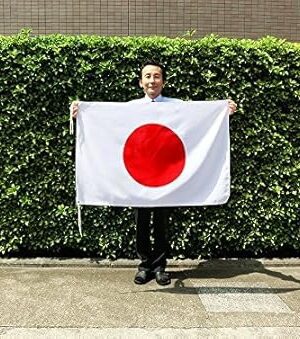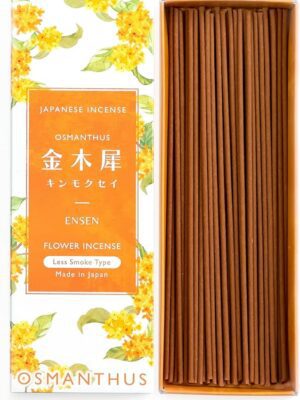Along time ago in far off distant Heian era Japan, court nobles liked to read Japanese poetry for Tsukimi. These were not hardened samurai, those guys didn’t exist yet. The Japanese people from court noble to lowly fisherman loved poetry and huge tomes were written to record it. We don’t know specifically which poems were the most popular at the time. But herein lie the works recording that era in literary history. There is sure to be a poem for Tsukimi within the vast amounts of poems about the autumn and moon found below.
Amazon Affiliate Linked Japanese Goods Shop
It seems that viewing the moon on a boat while reciting poetry was something really popular with the Heian era aristocrats. During the Edo period Tsukimi became popular with the common people and merchants. At this time it became an excuse to have late night drinking parties. The Meiji government from the 1860’s on put the brakes on all the really fun aspects of Tsukimi. They gave us the contemplative enjoying the moon from your front porch or window sill that we have today.
So the poetry that was recited was during the Heian era. But none of the sources I came across gave any specific mention as to exactly what poems were recited. One person, a non-Japanese blogger, thought that anything that contained mention of the moon was good. I have my doubts. Below are collections of Japanese poems from the Heian era. These would have contained at least some poems that would have been memorized to empress drunk over-privileged friends meandering about on a lake or river in boats under a full moon somewhere near Kyoto a thousand years ago on an autumn night. Good times!
Kokin Wakashū
Japanese Poetry for Tsukimi by Everybody
The Kokin Wakashū is a vast compendium of several thousand Japanese poems from the country taken from noble elites to everyday farmers. It took several years to put together the collection during the early years of the Heian era. These poems were written in the phonetic script that was also used to write other such timely classics as “The Tale of Genji” and “The Pillow Book”. Because of this even non-male-elites created poems and songs that could be widely circulated across Japan. This was the main writing script for Japanese women and non-aristocratic men thus increasing the range of topics.
Many of the poems by aristocrats were heavily influenced by Chinese poetry at the time. The poems by non-noble people were more about missing home and family, love and loss, daily things and thoughts. Here I have included links to a Japanese website containing the full Kokin Wakashū, but only the Autumn Songs volumes. If you want to search for the rest it would be really easy to proceed from there. For a translation I suggest you fire up Google Translate or your favorite translation software.
From the Kokin Wakashū Autumn Songs Volume 4 (in Japanese)
From the Kokin Wakashū Autumn Songs Volume 5 (in Japanese)
Kaifusa – Japanese Poems Written in Chinese
Male aristocrats wanting to display their social and intellectual superiority over all others probably would have been reciting some of these Kaifusa. Only males at this time were taught the Chinese pictographs, aka Kanji. Many of these men would never have a chance to travel to China. They would only have had a Japanese monk who made the journey for a couple of years to teach them. Their accent must have been horrific, but nobody who knew the difference would have been around to point it out. These same men would keep and entertain Chinese embassies when they came to Japan. However, communication would have primarily been in writing. Japan at this time would have been influenced by Tang era China. So the modern pronunciation cannot be expected to be the same.
Here I have included a database including a couple thousand Kaiusa poems from the Heian time. Unfortunately they are all in ancient Chinese kanji with no phonetic markings to indicate pronunciation. Please give this a good run with your translation software or if you have a very nice and intellectual Chinese friend please have them help you out.
From the Kaifusa (Japanese Poems Written in Chinese) Database (in Chinese)
Man’yōshū
Written in Chinese pictographs reworked to represent Japanese sounds and grammar, the Manyoshu (Man’yōshū) is a treasure trove of early Japanese poetry mostly written before and compiled just at the beginning of the Heian era. There are thousands of poems from the 6th through 8th centuries when there was no set capital city in Japan. The area of east of modern day Tokyo was still unconquered from the Emishi tribes. Here is an English translation of this immense book. There is no question that something fall related coming from this tome would be very appropriate for any Tsukimi get together.
From the Manyoshu @ The Internet Archive (in English)
I hope that you enjoy these vast works of ancient Japanese literature and you find something to liven your moon viewing with Japanese poetry for Tsukimi!
Image thanks to Kitagawa Utamaro / CC0 @ Wikimedia Commons
!
Other interesting websites with Japanese autumn and moon related Haiku
Matsuo Basho’s Autumn Haiku Poems
!
Related Items on Amazon.co.jp
Related Items in Amazon.com
|
|
|
|

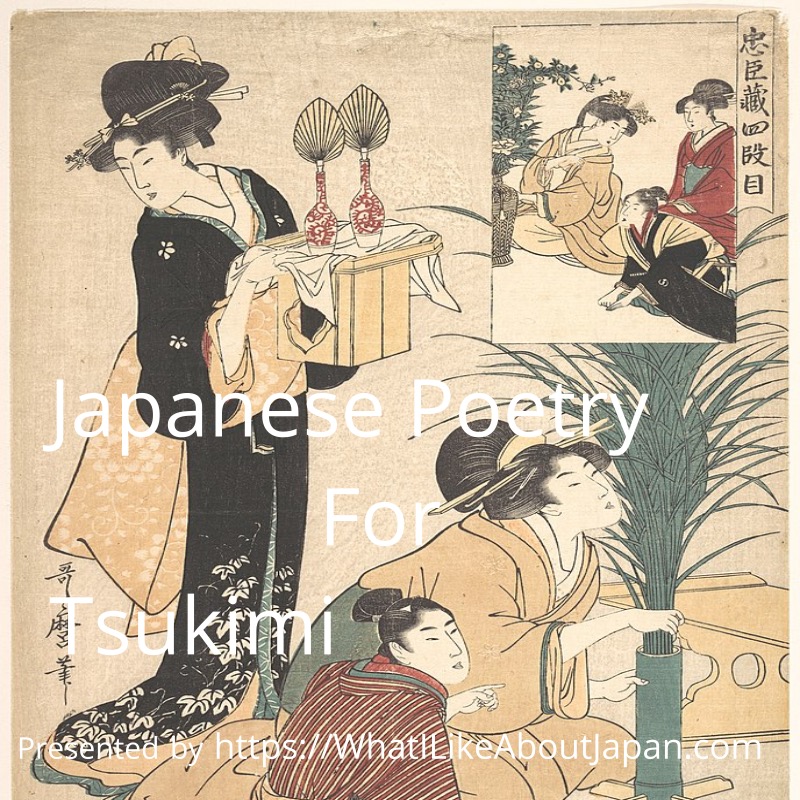

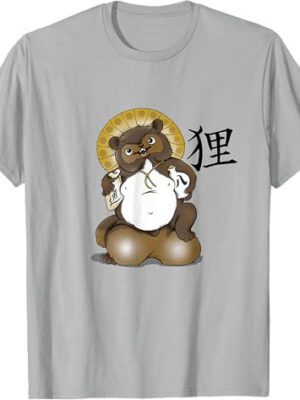
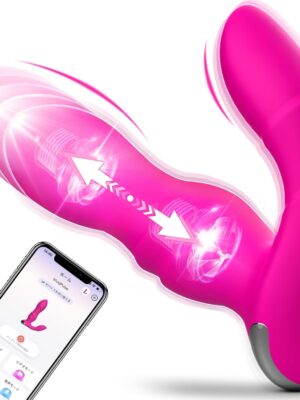

![[商品価格に関しましては、リンクが作成された時点と現時点で情報が変更されている場合がございます。] [商品価格に関しましては、リンクが作成された時点と現時点で情報が変更されている場合がございます。]](https://hbb.afl.rakuten.co.jp/hgb/1d8ced10.b6440996.1d8ced11.56e5758a/?me_id=1226915&item_id=10002543&pc=https%3A%2F%2Fthumbnail.image.rakuten.co.jp%2F%400_mall%2Fsfd-ymt%2Fcabinet%2F00694189%2Fnamamukiebi_04.jpg%3F_ex%3D128x128&s=128x128&t=picttext)
![[商品価格に関しましては、リンクが作成された時点と現時点で情報が変更されている場合がございます。] [商品価格に関しましては、リンクが作成された時点と現時点で情報が変更されている場合がございます。]](https://hbb.afl.rakuten.co.jp/hgb/1d8cef5a.9ffa490c.1d8cef5b.2b852f0c/?me_id=1300923&item_id=10000852&pc=https%3A%2F%2Fthumbnail.image.rakuten.co.jp%2F%400_mall%2Fobako%2Fcabinet%2F03617864%2Fimgrc0114977369.jpg%3F_ex%3D128x128&s=128x128&t=picttext)
